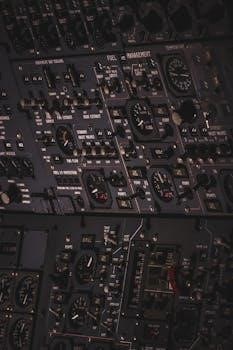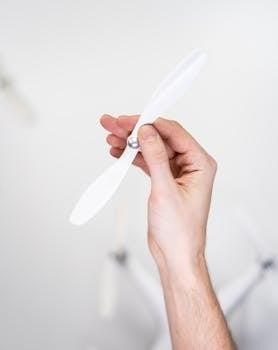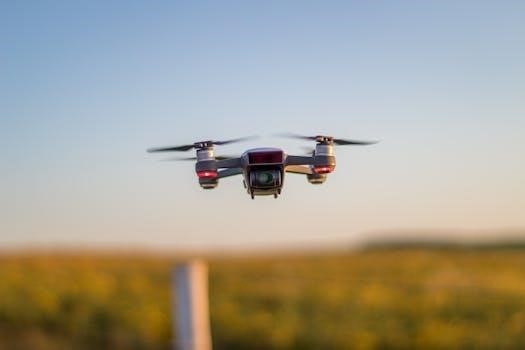Manually operated pilot devices are essential components in numerous control systems. These devices rely on direct human interaction to initiate or modify system operations. Their simplicity and reliability make them indispensable in various industrial applications.
Definition of Pilot Devices
Pilot devices are components like pushbuttons, switches and indicating lights. They facilitate control and monitoring in automated processes. These devices communicate information about system conditions. They are used for human interaction to control machinery.
Pilot devices as communicators of information
Pilot devices serve a crucial role as communicators of information within control systems, relaying essential data about the state of various processes and equipment. These devices, including pushbuttons, selector switches, and indicating lights, provide real-time feedback to operators, allowing them to monitor and manage operations effectively. By visually or audibly signaling conditions such as on/off status, alarm states, or parameter levels, pilot devices enable informed decision-making and prompt responses to changing circumstances. This communication is vital for maintaining system stability, preventing errors, and ensuring the safety of personnel and equipment. The information they provide enables operators to take corrective actions.

Types of Manually Operated Pilot Devices
Manually operated pilot devices encompass a range of switches and signaling components. These include pushbuttons, selector switches, and toggle switches. Each type serves a specific purpose in controlling and monitoring industrial processes.
Pushbuttons
Pushbuttons are fundamental control devices used to manually open or close electrical contacts. They feature a mechanism that activates a circuit upon being pressed. Available in various designs, pushbuttons are momentary in operation, meaning the contacts switch only when pressed. This makes them ideal for starting and stopping machines.
Industrial pushbuttons are versatile and found in numerous applications. They can be used to initiate a sequence, interrupt a process, or signal an alarm. Their simple operation and robust construction ensure reliability in demanding environments. They are often used in control panels for direct human interaction.
Selector Switches
Selector switches offer versatile control by allowing users to choose between multiple circuit possibilities. These switches enable selection of modes like manual or automatic operation. They can also control parameters such as low or high speed, or directional movement. This functionality makes them crucial in applications requiring varied operational settings.
Industrial applications commonly utilize selector switches for their ability to provide distinct control options. A simple turn of the switch can alter the system’s behavior. This direct control is invaluable in complex systems where flexibility is essential. They enhance operational efficiency and reduce the need for multiple devices.
Toggle Switches
Toggle switches are simple, lever-operated devices that open or close electrical circuits. Their straightforward design makes them reliable and easy to use. These switches are commonly found in various applications due to their simplicity and effectiveness.
The manual operation of toggle switches involves physically moving the lever. This action changes the state of the electrical circuit. The operator has direct control over the switch’s position. This direct control ensures immediate and precise operation. They are suitable for applications needing quick and reliable circuit control.
Their robustness and ease of use make them a staple in many industrial and commercial settings.

Actuation of Manually Operated Pilot Devices
Actuation of manually operated pilot devices relies on direct physical interaction. A human operator applies force to the device. This force causes a change in the device’s state, initiating the intended control action.
Human Operator as Actuator
The defining characteristic of manually operated pilot devices is their dependence on a human operator for actuation. Unlike automated systems triggered by sensors or programmable controllers, these devices require a person to physically initiate the control action. This direct interaction provides a level of control and immediacy that is crucial in many applications. The operator acts as the actuator, applying the necessary force to engage or disengage the device.
This manual actuation offers several advantages, including the ability to make real-time adjustments based on visual observation or changing circumstances. The operator’s judgment and experience become integral parts of the control process, allowing for nuanced responses that automated systems might miss.
Applications of Manually Operated Pilot Devices
Manually operated pilot devices find extensive use across diverse sectors. They are commonly utilized in control panels, automated processes, and machinery operation. Their adaptability makes them suitable for various industrial and commercial settings.
Control Panels
Control panels are a primary application for manually operated pilot devices. These panels consolidate various controls, allowing operators to manage complex systems efficiently. Pushbuttons, selector switches, and indicating lights are commonly found on control panels, providing immediate feedback and control. Operators use these devices to start, stop, and adjust machinery, monitor system status, and respond to alarms. The intuitive nature of manual pilot devices makes them ideal for control panels, enabling quick and accurate operation. They are essential for maintaining safety and efficiency in industrial environments. Their integration ensures effective management of equipment and processes. These devices provide the crucial interface between human operators and automated systems, facilitating seamless control.
Automated Processes
Manually operated pilot devices play a crucial role in automated processes, providing essential human oversight and intervention. Although automation aims to minimize manual input, there are instances where operators need to override or adjust automated sequences. Pushbuttons and selector switches enable operators to start, stop, or modify automated cycles, ensuring flexibility and responsiveness. These devices are particularly important during setup, maintenance, or troubleshooting, allowing operators to fine-tune parameters and address unexpected issues. The integration of manual pilot devices into automated systems provides a balance between efficiency and control. This ensures that processes can run autonomously while still allowing for human intervention when necessary, enhancing overall system reliability and adaptability.

Functionality of Pilot Devices
Pilot devices serve to communicate information, whether initiating actions or providing feedback. Their primary function is to translate human input into electrical signals that control various aspects of a system’s operation.
Opening and Closing Circuits
One fundamental functionality of pilot devices is their ability to open and close electrical circuits. This action forms the basis of many control operations. Pushbuttons, for instance, exemplify this, where pressing the button either completes or interrupts a circuit. This directly impacts the connected machinery or system.
Opening a circuit de-energizes the downstream components, effectively stopping a process or machine. Conversely, closing a circuit energizes components, initiating or continuing a process. The reliability and speed of this opening and closing action are crucial for safe and efficient operation in various industrial settings. Limit switches are also on/off devices when activated.
Selecting Circuit Possibilities
Beyond simple on/off control, pilot devices also enable the selection between various circuit possibilities. Selector switches are particularly adept at this function, allowing operators to choose from multiple operational modes or configurations. This functionality is vital in systems requiring flexibility and adaptability.
For example, a selector switch might allow choosing between manual and automatic operation. It could also select different speed settings or control the direction of movement. This selection process involves routing electrical signals through different paths within the circuit. This allows the operator to tailor the system’s behavior to specific needs or conditions, enhancing overall control.
Pilot Duty and Power Considerations
Pilot duty refers to the specific electrical requirements of pilot devices. These devices typically operate at lower power levels compared to the main power circuits they control. Pilot devices are often used to control higher-power devices, such as motor starters. Therefore, careful consideration of voltage and current ratings is essential.
Selecting pilot devices with appropriate pilot duty ratings ensures reliable and safe operation. Overloading a pilot device can lead to premature failure and system downtime. Understanding the power requirements of both the pilot device and the controlled equipment is crucial for proper system design. This ensures longevity and safety;

Advantages of Manually Operated Pilot Devices
Manually operated pilot devices offer several distinct advantages in control systems. Their primary benefit is the direct and intuitive control they provide to human operators. This allows for immediate intervention and adjustment of processes as needed. The simplicity of these devices also contributes to their reliability and ease of maintenance.
Furthermore, manually operated pilot devices are generally cost-effective, making them a practical choice for many applications. Their ease of installation and operation reduces training requirements and overall system complexity. In emergency situations, manual operation can override automated functions, ensuring safety and control.
In conclusion, manually operated pilot devices remain a vital component in modern control systems due to their reliability, simplicity, and direct human interface. While automation continues to advance, the need for manual intervention persists, especially in critical situations. These devices offer a cost-effective and straightforward means of controlling machinery and processes.
Their continued relevance is ensured by their ability to provide immediate operator control and override automated functions when necessary. As technology evolves, manually operated pilot devices will likely adapt and integrate with newer systems, maintaining their importance in the industrial landscape.

Be First to Comment